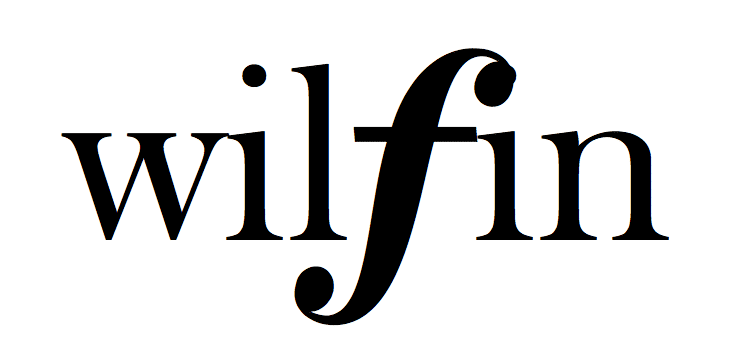Conducting Workshop – University of Qld EDUC6852
1. What is Conducting and Why Conduct?
The term “maestro” means teacher.
Think about conductors you have worked with – what was good/clear
What was not good/clear
Most “train wrecks” are often the conductor’s fault
2. Body and the Baton
Posture
Feet flat and well balanced – Jump and Land
Swinging Arms (Bird Wings) – Where hands meet in front of the body is your “conducting point”
Conducting Space – players can not see the conductors beat beneath the music stand; therefore your “conducting space” is a square from just above the music stand to approximately your eye level and not too far beyond your body space.
Baton
You should learn how to use a baton
Hands only may be preferred for expressive bowing.
Hold the baton in your right hand (like a bow).
Hold the baton as if you are “shaking hands”. Wrap your hands around the balance point and the cork/wood stopper.
If you are left-handed, do the reverse (discuss ambidextrous)
3. What is the Difference between Right and Left Hands?
The Right hand gives the beat and beats continuously.
The Left hand gives cues and may assist in dynamics. The Left shouldn’t just mirror the right hand.
When not in use, the left hand can be dropped to the side of the body or rest on the conductor’s stomach.
If you are left-handed, do the reverse
4. Basic Conducting Patterns
Always keep your down beats Vertical. Be aware of the “ictus” or click.
The first beat always goes with gravity. First beat is always the strongest.
The Upbeat must always lead to the down beat (or 1).
Beating in 4 – Think Down, In (across the body), Out (across the body) and Up. (see diagram)
Beating in 3 – Think Down, Out and Up. (see diagram)
Beating in 2 – Think Down and Up (see diagram
The preparatory beat is crucial to setting the speed/tempo of the work.
The up beat must always be a “full” beat.
Try conducting 2 bars of each: 4, 3, 2. Try 3/4 and 6/8 alt (eg Danza Hellenica)
Conducting
- Posture/ Balance
- Basic Patterns
- Conducting Space
- Arm height and size of beat / Shoulders down
- Clarity
- Beginning – “Breathe”
- Ending
- Cueing
- Upbeats
- Dynamics
- Articulation
- The dangers of pizzicato
- Training the student’s internal metronome
- Subdivision
- Teaching good intonation
